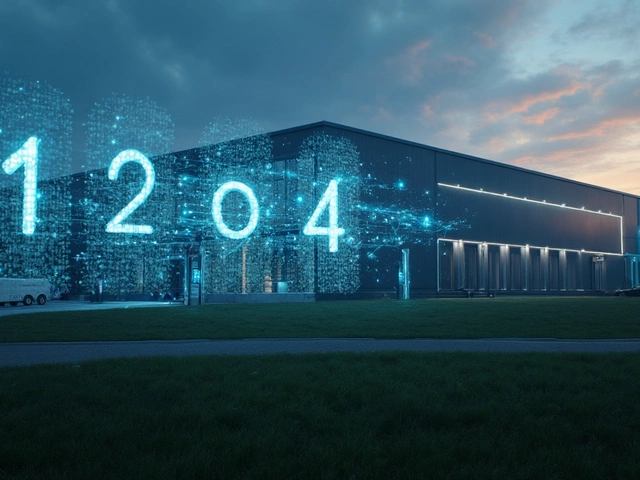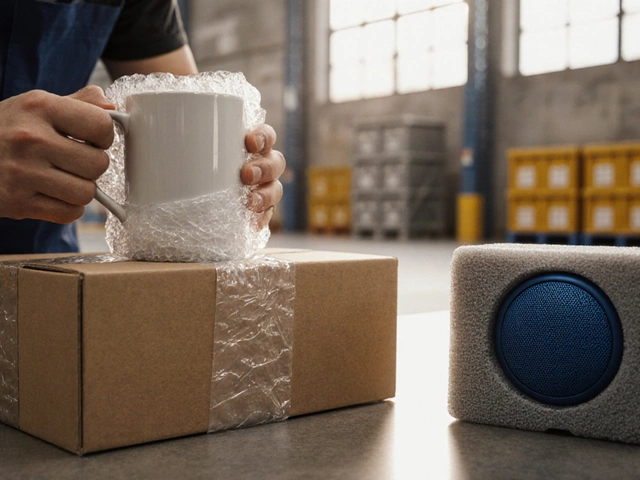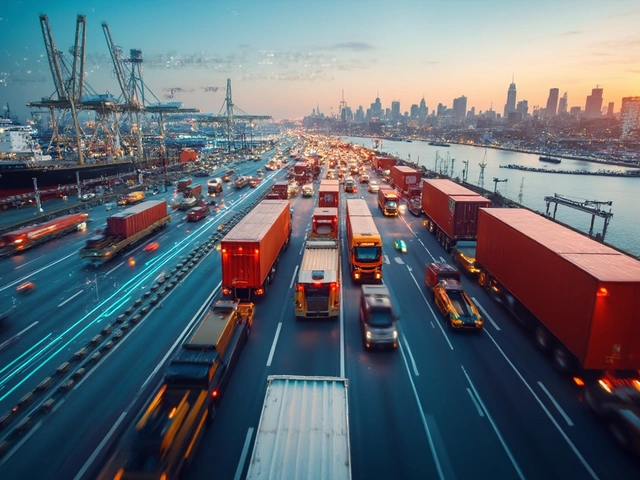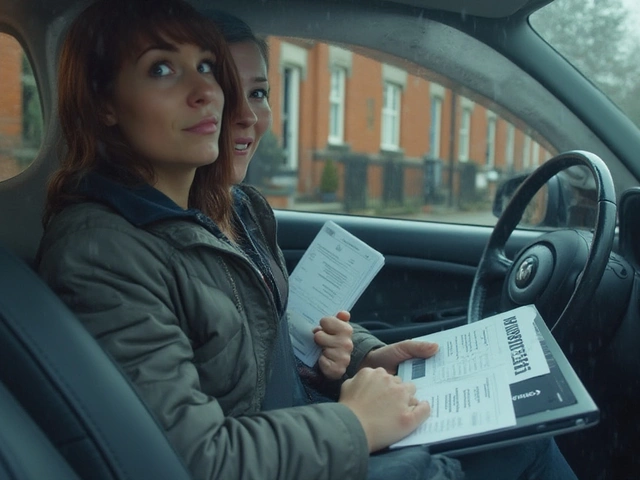Ever wondered how that online order magically appears at your doorstep just in time? The secret lies in last mile delivery, with USPS often playing the hero in this final stretch. You see, the last mile is the end phase where goods make their way from a local hub to their final destination—you! It might sound simple, but it involves a complex web of logistics and strategic planning.
USPS is a big player in this space, thanks to their extensive network and years of experience. Partnerships with e-commerce giants leverage USPS's strengths to tackle the high costs and complications of this last delivery phase. Basically, they help bridge the gap from local distribution centers to your front door, often at a lower cost than private couriers.
- What is Last Mile Delivery?
- USPS's Role in Last Mile Delivery
- Benefits of Using USPS for Last Mile
- Challenges and Future Considerations
What is Last Mile Delivery?
Last mile delivery? It's a term you'll hear batted around whenever folks talk about package delivery. But what’s it all about? Essentially, it refers to the final leg of a package's journey from a transportation hub to its final destination—usually a residential address or a business. It's that home stretch and, believe it or not, it’s often the most challenging and costly part of the shipping process.
Imagine ordering something online. From a bustling warehouse somewhere, your package sets off on its adventure, be it by air, sea, or road. But it’s in those last few miles that things get interesting. That’s where the package is handed off from large trucks to smaller vehicles or even bicycles for that local delivery touch. This segment can make or break the delivery experience.
Why does it cost more? Well, the logistics in dense urban areas or even remote locales can be tricky. Finding parking, dodging traffic, navigating narrow streets—it can be a real puzzle. Plus, every delivery needs careful coordination to achieve that perfect drop-off.
USPS and other logistical players have to innovate constantly. For instance, did you know that 76% of customers consider the delivery experience crucial to their overall buying journey? That’s why many companies are investing heavily in smarter solutions.
| Aspect | Challenges |
|---|---|
| Urban Delivery | Traffic congestion, parking issues |
| Rural Delivery | Long distances, fewer deliveries per route |
To put it simply, even though last mile might just be a few miles, it's a key player in keeping customers happy and businesses thriving. Dive into the next section to see how USPS manages to deliver so seamlessly!
USPS's Role in Last Mile Delivery
The USPS plays a pivotal role in the seemingly simple yet crucial phase of last mile delivery. This is where they bring their A-game, leveraging their broad network across the U.S. to ensure parcels arrive at your doorstep on time. Their involvement significantly reduces the cost and complexity involved in delivering packages to the final destination.
Partnerships and Collaborations
Collaboration is key, and USPS has mastered this by teaming up with major retailers and e-commerce platforms such as Amazon and Walmart. These partnerships mean that while you might order from one of these giants, it's often USPS that makes the final delivery. With their infrastructure, it makes sense; they can reach places others might find tricky or expensive.
Efficiency and Savings
One reason businesses love using USPS for last mile delivery is the cost-effectiveness. USPS's coverage of residential areas means fewer fees that usually come with private couriers handling challenging routes. Their economies of scale allow competitive pricing, which businesses can pass on to consumers.
Technology and Tracking
Staying on top of packages is essential. USPS offers competitive tracking services, allowing you to know exactly where your package is at all times. Innovations in tracking technology are a big part of their approach to keeping deliveries transparent and predictable.
Services and Statistics
Not only does USPS handle traditional mail, but their package services have grown due to online shopping. With millions of deliveries each year, USPS managed to deliver nearly 7 billion packages in 2023 alone, illustrating their significant stake in this delivery phase.
Figures like these highlight why many businesses choose USPS to manage their last mile delivery; they combine experience, coverage, and technology to ensure packages arrive safely.
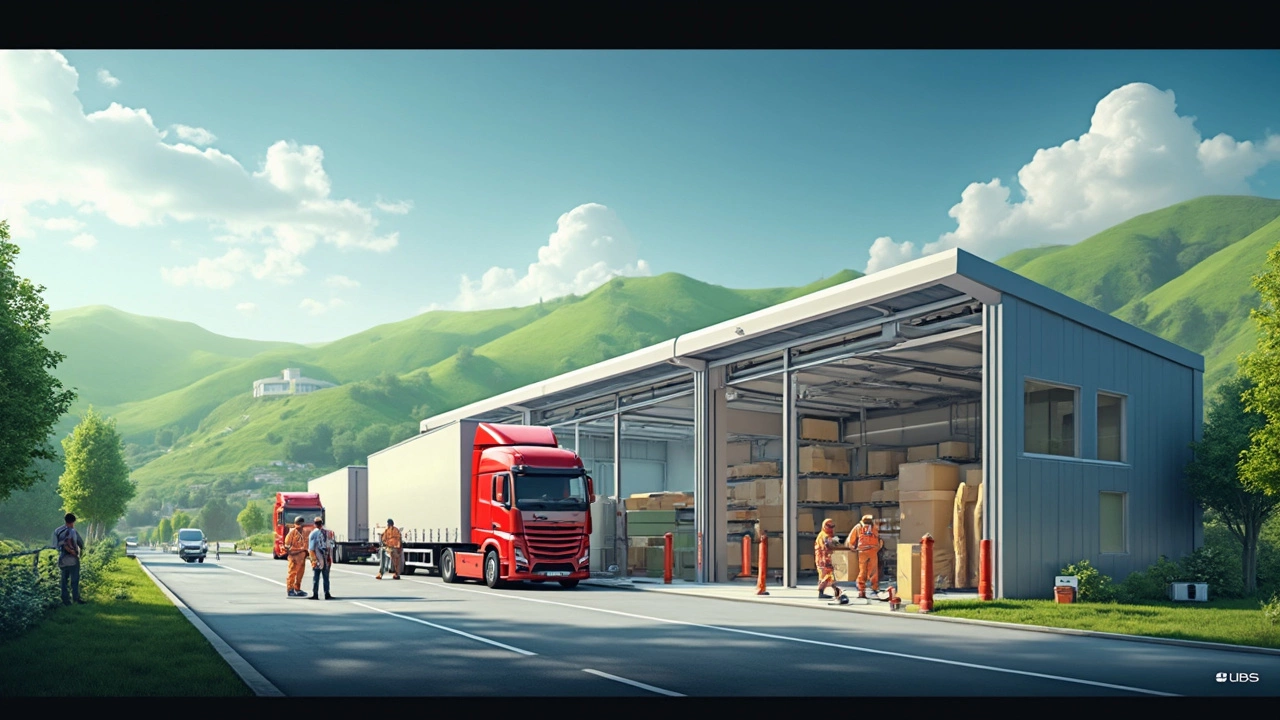
Benefits of Using USPS for Last Mile
Choosing the USPS for last mile delivery comes with a suite of advantages that make it a favorite for many businesses and individuals alike. For starters, USPS has an impressive reach, covering every nook and cranny of the country. Their network is truly unrivaled, meaning your package gets where it needs to go, no matter how remote the location.
Cost-Effectiveness
One of the standout features of using USPS is cost. When compared to other private couriers, USPS often provides a more budget-friendly option, especially for small businesses trying to keep shipping costs down. This is because they’ve mastered the art of efficiency over the years, optimizing routes and using economies of scale to reduce expenses.
Reliability
We can't overlook reliability. With USPS, you're banking on a service with over a century of experience in delivery. They’ve honed their operations to ensure that deliveries are consistent and timely. USPS tracking is another bonus, offering up-to-date information about a package's journey, right up to the front door.
Sustainability
And let's talk green—USPS has been upping its game on the sustainability front, opting for eco-friendly practices. They’ve been investing in electric vehicles and smart technology to reduce their carbon footprint—a big win for environmentally conscious consumers.
For businesses, the flexibility USPS provides is a huge draw. Whether it’s Saturday deliveries or streamlined returns, their array of services makes it easy to meet customer expectations. In fact, nearly 40% of online retailers in the U.S. trust USPS for last mile shipments, thanks to these perks.
In a nutshell, when looking for a blend of affordability, dependability, and comprehensive coverage, USPS stands tall as a top choice for last mile delivery.
Challenges and Future Considerations
Even though USPS has been an essential cog in the last mile delivery machine, it faces its own set of challenges. One big hurdle is the rising financial costs. Handling millions of packages daily is no easy feat, and any inefficiency can eat into profits. Another snag is customer expectation. With giants like Amazon raising the bar with same-day or next-day deliveries, customers’ patience has shortened for any postal delays.
Additionally, urban areas often see traffic gridlocks, making it hard to maintain timely package delivery. On the other hand, rural areas come with their own challenges like long distances between delivery points. Maintaining a balance is tricky, especially given the constraints of infrastructure and resources.
Technological Innovations
To stay competitive, USPS is leaning into technology. From improving their tracking systems that ensure clients know exactly where their packages are, to experimenting with drones and automated vehicles for deliveries. There’s even talk about deploying smart lockers in neighborhoods, so folks have more control over when they pick up their packages.
Environmental Impact
The environmental footprint can't be ignored. USPS has been under increasing pressure to think about greener delivery solutions. Electric vehicles are on the USPS radar, which would lessen emissions from their fleet and offer a more sustainable way forward.
| Aspect | Challenge |
|---|---|
| Urban Delivery | Traffic and congestion |
| Rural Delivery | Long distances between stops |
| Tech Integration | Updating legacy systems |
| Customer Expectations | Pressure for faster delivery |
In sum, while there are obstacles ahead, USPS’s role in last mile delivery remains crucial. Looking forward, innovation and adaptation to meet customer needs while being mindful of costs and environmental concerns will shape the future landscape of delivery services.


